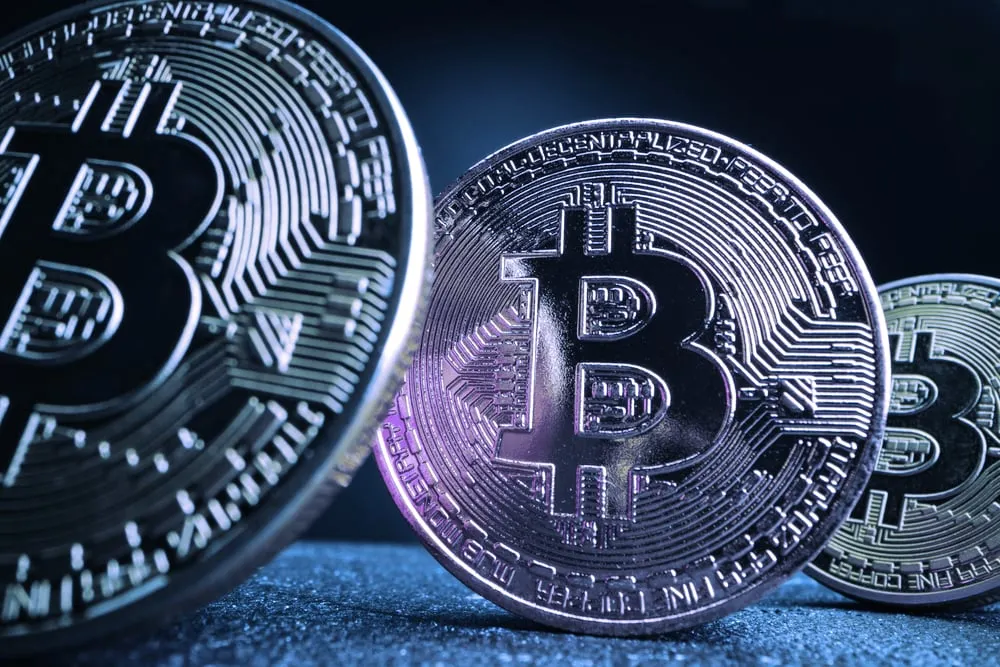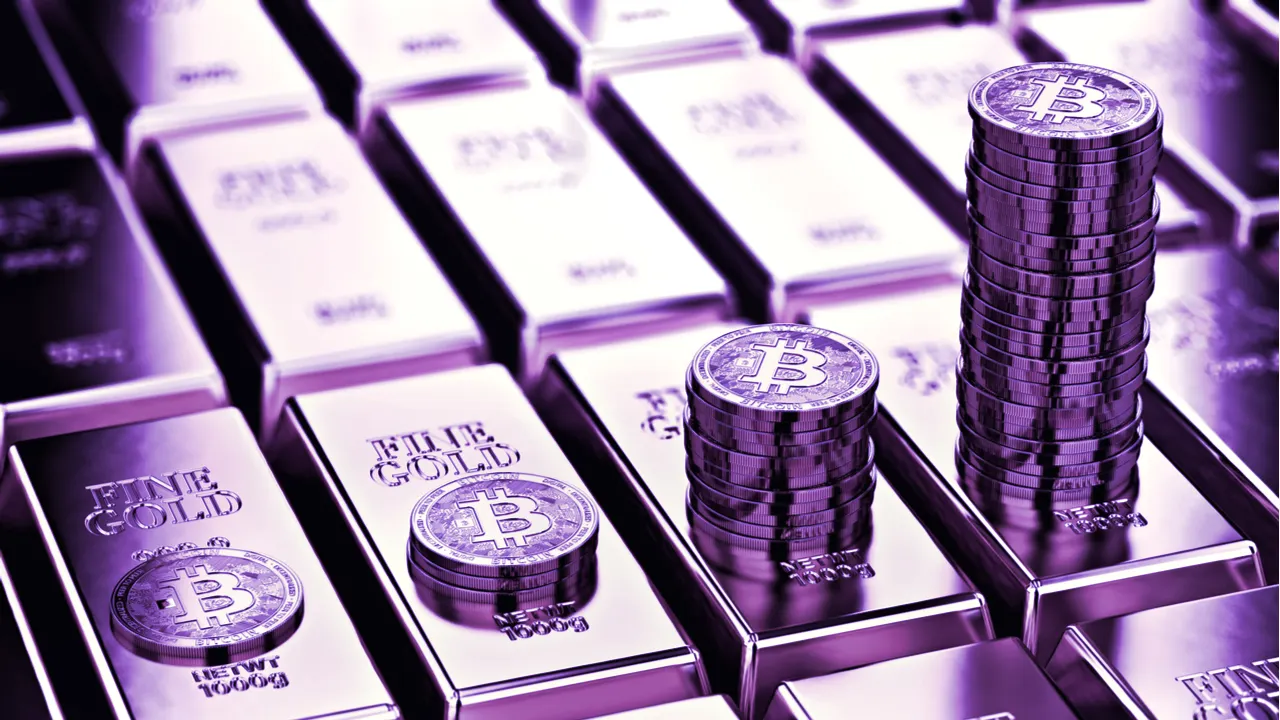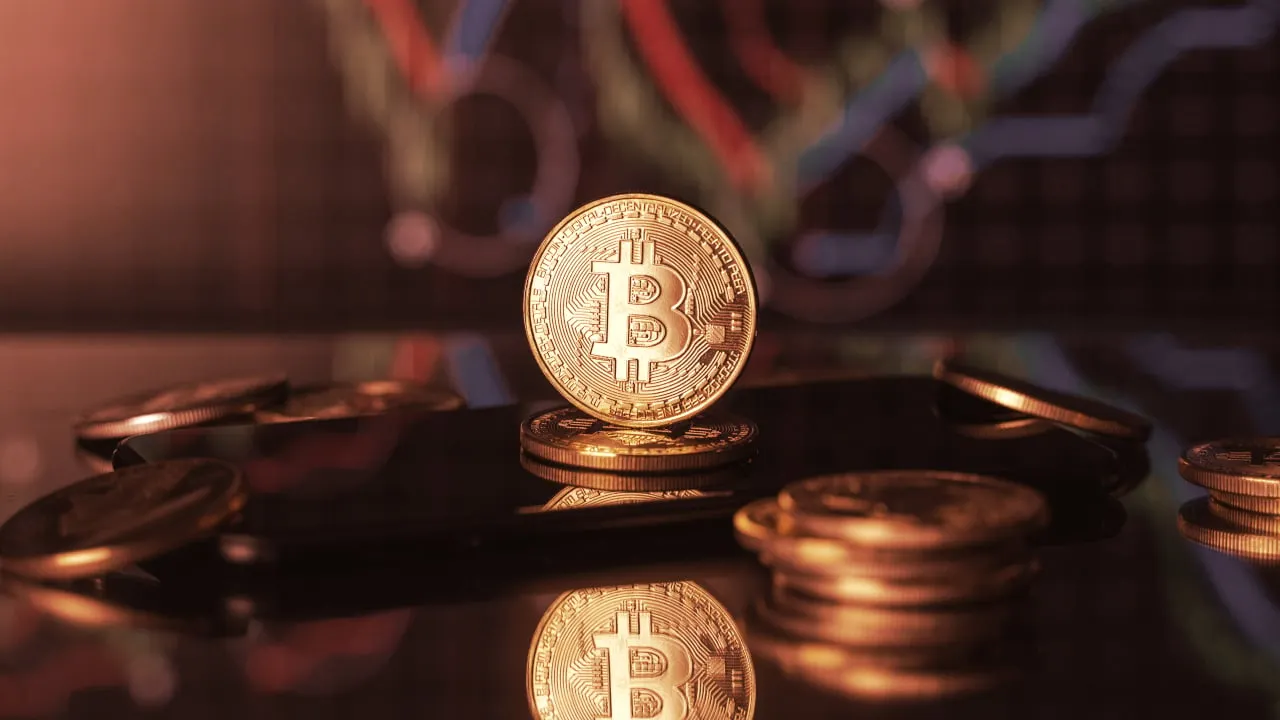Bitcoin’s correlation with gold has just hit its highest level in the last 12 months this week, as investors have been lured by a strong dollar amid rising interest rates.
While Bitcoin has long been hailed as a “digital gold” and a hedge against inflation, like the yellow metal, it appears that investors disagree.
Over the past few months, as inflation soared, both Bitcoin and gold have seen big drops in value, leading to a year-high correlation of +0.4, according to Kaiko Research.
A correlation of +1.0 means two assets move in perfect synchrony in the same direction. Bitcoin and gold’s correlation has mostly sat between -0.2 and +0.2 over the last year, meaning that they have been largely uncorrelated.
For context, Bitcoin and the S&P 500 have a correlation of around +0.61, as crypto is often traded with other risky assets, according to data from CoinMetrics as of September 30.
Is Bitcoin Really Decoupling From Stocks? Experts Weigh In
There’s a wry humor in the fact that Bitcoin has at times been very closely correlated with traditional markets. Bitcoiners generally prefer that BTC not have a high correlation with traditional assets, like stocks and bonds. After all, one of the core tenets of the world’s largest cryptocurrency by market capitalization—$379 billion as of this writing, according to CoinGecko—is that it bypasses traditional finance. That’s why self-avowed Bitcoin fans, like Gemini co-founder Cameron Winklevoss,...
Still, over the past 90 days, Bitcoin has risen 3% while the S&P 500 dropped 1%.
“It is too soon to declare an official ‘de-coupling’ between Bitcoin and equities, although Bitcoin's rising correlation with gold suggests a slight shift in market structure,” Kaiko Research told Decrypt.
Bumpy year for Bitcoin, gold
After rallying as a safe haven on the heels of the Russia-Ukraine conflict in February this year, gold has now lost all its gains and is down 10% year to date.
The precious metal is highly sensitive to rising U.S. interest rates, as it is priced in and backed by dollars. Higher rates increase the opportunity cost of holding metal that doesn’t produce returns, as that money could be used to buy government bonds that now pay higher rates of return, for example.
“Gold and the other semi-investment metals like silver and platinum will likely continue to remain under pressure until the market reaches peak hawkishness,” said Ole Hansen, head of commodity strategy at Saxo Bank, in a note.
Bitcoin has also suffered the effects of rising interest rates instituted by central banks across the globe, which has made institutional investors less keen to throw money at unstable cryptocurrencies.
The world’s largest cryptocurrency is sitting at just under $20,000, a far cry from its all-time high of $68,000.

NYDIG, Under New Management, Bets Another $720M on Bitcoin
NYDIG (New York Digital Investment Group) has raised $720 million for its Institutional Bitcoin Fund, as revealed in an SEC filing published last week. A total of 59 unnamed investors have contributed to NYDIG’s Bitcoin Fund. The filing doesn’t specify when the firm is planning to complete the purchase, however. The document further states that the U.S. Securities and Exchange Commission (SEC) has “not necessarily reviewed the information in this filing and has not determined if it is accurate a...
In addition, a worsening economy and rising consumer prices also left many retail investors with less money to park in volatile investments like Bitcoin and other cryptocurrencies.
However, there are hopes that central banks might reverse course soon and turn back to quantitative easing.
The Bank of Japan and the Bank of England both injected capital into the economy in September. If the Federal Reserve joined in, it would be likely to depress the dollar and would likely make other assets more appealing again.






